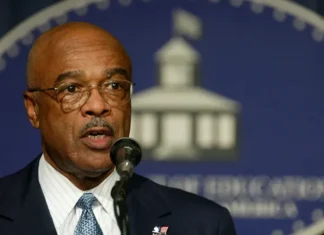Two Washington State Ferries (WSF) the Elwha and Klahowya, are set to depart for Ecuador after a combined 100 years of service in Puget Sound. Sold for $100,000 each, these retired ferries mark the end of an era as they make their final journey south.
Having been out of service since 2020 and 2017 respectively, both ferries have been a staple in Washington’s maritime transportation. The Elwha, one of four Super-class ferries built in the 1960s, served the Anacortes/Friday Harbor/Sidney, British Columbia route until its retirement on April 8, 2020. It has a capacity of 144 cars. Meanwhile, the Klahowya, built in 1958 and holding 87 cars, primarily operated on the Fauntleroy/Vashon/Southworth route before transitioning to the San Juan Islands interisland run in 2014.
The sale of these vessels will help alleviate costs and staffing challenges associated with storing and maintaining the aging ferries, according to WSF. Nelson Armas of Ecuador has purchased the ships, intending to recycle their steel at a green steel mill facility.
The Elwha and Klahowya will depart from the Eagle Maintenance Facility on Bainbridge Island on Monday, August 19, at 9:30 a.m. A tugboat from Western Towboat Co. will assist in moving the vessels out of the facility, and the Wycliffe tugboat will then guide them on their final journey out of Puget Sound. For those interested in tracking the progress of the tugboat, it will be visible on the Marine Traffic page.
While the departure of these ferries marks a new chapter, it also raises concerns within Washington State Ferries about the ongoing challenges of vessel reliability. Recent incidents, including a cabin smoke scare in 2014 that forced passengers to don lifeboats, and engine problems in August 2017 that resulted in canceled sailings from Anacortes, have underscored the need for reliable ferry service.
As the Elwha and Klahowya set sail for Ecuador, their legacy will be remembered by the many commuters and travelers who relied on them over the decades. The sale not only reflects the evolving needs of Washington’s ferry system but also highlights the importance of sustainability in maritime operations.




